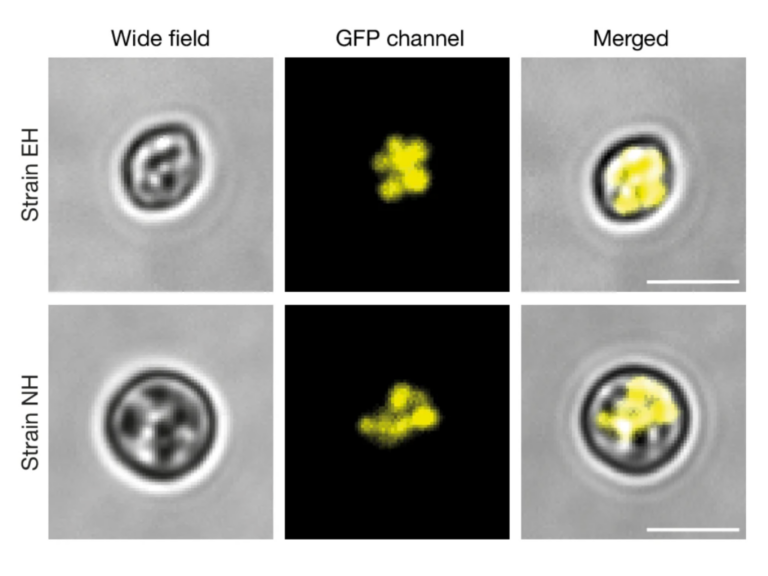Barley MLA3 recognizes the host-specificity effector Pwl2 from Magnaporthe oryzae
Plant nucleotide-binding leucine-rich repeat immune receptors (NLRs) directly or indirectly recognize pathogen-secreted effector molecules to initiate plant defense. Recognition of multiple pathogens by a single NLR is rare and usually occurs via monitoring for changes to host proteins; few characterized NLRs have been shown to recognize multiple effectors. The barley (Hordeum vulgare) NLR gene Mildew resistance locus a (Mla) has undergone functional diversification and the proteins encoded by different Mla alleles recognize host-adapted isolates of barley powdery mildew (Blumeria graminis f. sp. hordei; Bgh). Here, we show that Mla3 also confers resistance to the rice blast fungus Magnaporthe oryzae in a dosage-dependent manner. Using a forward genetic screen, we discovered that the recognized effector from M. oryzae is Pathogenicity toward Weeping Lovegrass 2 (Pwl2), a host range determinant factor that prevents M. oryzae from infecting weeping lovegrass (Eragrostis curvula). Mla3 has therefore convergently evolved the capacity to recognize effectors from diverse pathogens.


